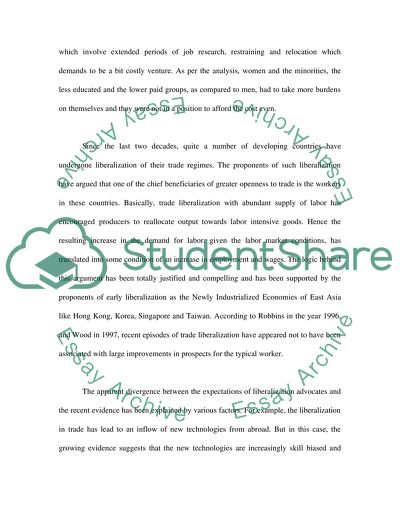Cite this document
(“THE IMPACT OF TRADE ON LABOUR Essay Example | Topics and Well Written Essays - 2250 words”, n.d.)
Retrieved from https://studentshare.org/environmental-studies/1418362-the-impact-of-trade-on-labour
Retrieved from https://studentshare.org/environmental-studies/1418362-the-impact-of-trade-on-labour
(THE IMPACT OF TRADE ON LABOUR Essay Example | Topics and Well Written Essays - 2250 Words)
https://studentshare.org/environmental-studies/1418362-the-impact-of-trade-on-labour.
https://studentshare.org/environmental-studies/1418362-the-impact-of-trade-on-labour.
“THE IMPACT OF TRADE ON LABOUR Essay Example | Topics and Well Written Essays - 2250 Words”, n.d. https://studentshare.org/environmental-studies/1418362-the-impact-of-trade-on-labour.


